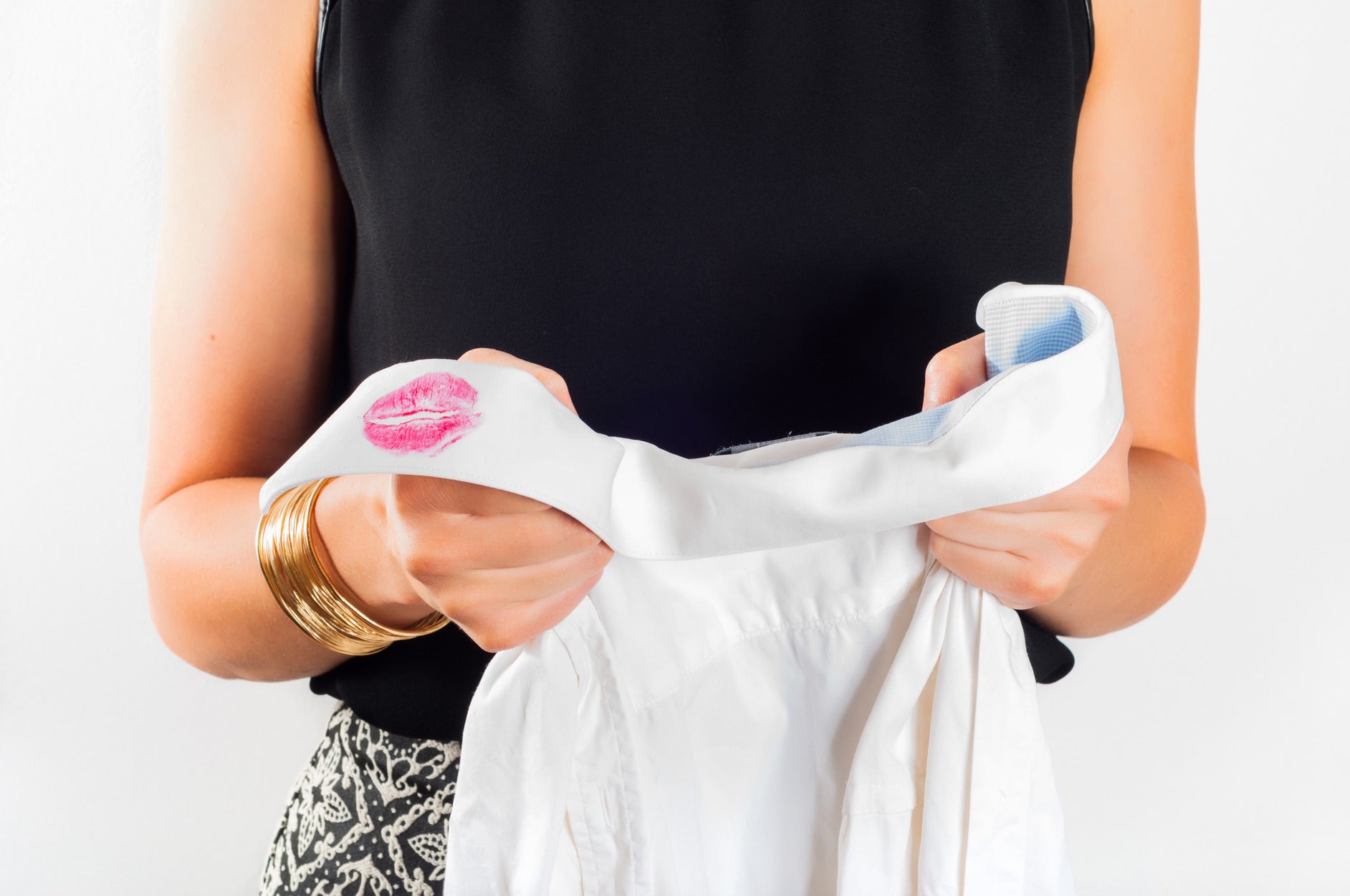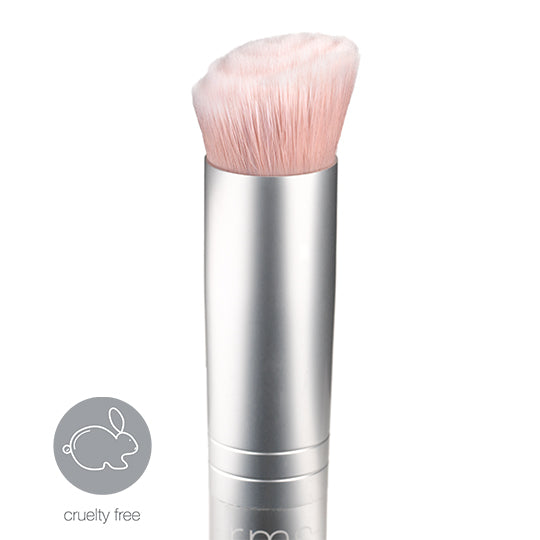How To Clean Makeup Brushes Quick and Easy

Your makeup brushes are your artistry tools to create the looks you love.
Owning a high-quality set of brushes, you know it’s important to keep them in prime condition so they not only last as long as they should, but also so that they don’t become a bacterial breeding ground.
As an aside, if you haven’t yet found the perfect set of makeup brushes, we can help.
We’ll cover what to look for in a makeup brush, what brushes you absolutely must have, and how to keep them squeaky clean.
What Kind of Brushes Are Best?
You can buy a brush at practically any corner store, so what makes a makeup brush a quality brush?
There are two main traits to look for:
- Synthetic Fibers. You might be lured into believing that a natural fiber brush is a better option, but this is not the case. Many natural fiber brushes contain animal hair, which is never a cruelty-free option.
Additionally, synthetic fiber brushes are highly advanced in their development, don’t damage as easily as natural fibers, and can withstand repeated cleanings.
- Synergistic Design. A brush isn’t effective unless it is designed to work with the consistency of your cosmetics. Brushes must be able to apply your favorite products evenly and smoothly to your skin. RMS Beauty’s makeup brushes, for example, are designed to work synergistically with the makeup you use.
Our Skin2Skin Foundation Brush features a series of circles at the top of the bundled fibers that act like fingerprints. These are embedded into the circular, angled head of the brush so your foundation can literally be applied without even using a mirror.
Why Do I Need To Clean My Makeup Brushes?
Quality brushes won’t seem quality for long if they’re not taken care of. Here are the two main reasons you need to clean your brushes:
Performance
Your makeup brushes need to be cleaned regularly so they work correctly. When your brushes become filled with product, dirt, and oils from your skin, the fibers can clump together, making it difficult for you to get what you want out of using them.
Dirty brushes can also waste product. The dirt, oil, and residual makeup left on brushes can act like a magnet, and cause fresh product to stick to the brush instead of transferring to your skin during application. This means you’ll have to use more product to achieve the look you want.
Bacteria
Repeated use of brushes on your skin and on the dispensers of your cosmetics can transfer bacteria to your brushes. If you’re storing your brushes in a bag, or in an area that has dim lighting, your brushes could become a virtual petri dish of germs.
A 2019 study found significant levels of microbial contamination on both cosmetics products (like eyeshadow palettes) and brushes. Allowing that bacteria to grow can make it possible for you to transfer bacteria to your skin.
Dirty makeup brushes can cause blemishes, rashes, and even infections like E.coli or staph, which can become very serious.
How Often Should I Clean My Brushes?
Don’t worry, you don’t need to clean your makeup brushes daily. The American Academy of Dermatology suggests cleaning your makeup brushes every 7-10 days.
Regularly cleaning your brushes is the best way to protect your skin from any harmful bacteria lurking in your brushes and to ensure your brushes are always in perfect shape for use.
How To Clean Your Makeup Brushes
You can clean your makeup brushes with items you already have at home -- you don’t need a specialized brush cleanser, although you can use one if that is your preference.
Here’s how to get your makeup brushes squeaky clean in four easy steps.
1. Rinse
The first step in cleaning your makeup brushes is to rinse them under lukewarm water to loosen excess makeup. Avoid using hot water -- it can damage the fibers of your brush and it isn’t necessary to get the brush clean. Once the excess makeup has lifted, it’s time to cleanse.
Pro tip: Avoid submerging the entire brush head under water. The water can loosen the glue that holds the fibers in place.
2. Cleanse
As previously mentioned, you don’t need to use a specialized soap for cleaning your brushes. A mild dish detergent or natural cleanser like Dr. Bronner’s is a great solution for brush cleaning.
You can also use Dawn dish soap, as long as you rinse your brush thoroughly afterward. Dish soaps have ingredients designed to strip wax and oils from your pots and pans, so they work very well for cleaning makeup brushes.
Although it can be tempting to use your facial cleanser to clean your brushes, don’t do it! Not only would using your facial cleanser be a terrible waste of the product, it is simply not strong enough to clean and get into the bristles and fibers of your brushes. Face cleanser is specifically designed to clean your face (sometimes not even to remove makeup). As such, it’s just not strong enough to clean your makeup brushes.
When cleaning the brush head, swirl and massage the fibers of the brush; never scrub, as that can be damaging to the fibers and can cause them to fall out.
3. Rinse and Repeat
When you’ve finished cleansing the brush with mild soap, rinse it under room temperature water. You can repeat this process until your brush is entirely cleaned.
If it’s been a while since you’ve cleaned your brushes, you may need to wash and rinse them several times.
Pro tip: If using a mild dish soap, make certain you rinse well. Many mild solvents can leave behind a residue which you don’t want lingering on your brushes and eventually transferring to your face.
4. Dry
To properly dry your brushes, gently squeeze out the moisture with a paper towel or microfiber cloth.
Don’t use anything that could cause the brush to collect lint, like a hand towel. It can be impossible to “de-lint” a makeup brush, and inevitably that lint will end up clumped in product and attached to your skin.
Lay your brushes flat to dry. You can flip them halfway through the drying process if you remember to, but it isn’t absolutely necessary.
Pro tip: Never sit your brushes upright to dry. This can cause any excess water remaining in the fibers to drain into the brush handle. Over time, this can loosen the glue that holds the brush fibers intact and cause the brush to slowly fall apart.
Quick Brush Cleaning Hacks
Once you get a routine for your makeup brush usage, you’ll find it takes very little time to clean them and keep them in good condition. However, if you’re short on time or dealing with a stain, there are some tricks you can try.
Fast Cleanse
Sometimes you just don’t have the time to clean the brush but you know it’s not the cleanest it’s ever been. If the thought of putting that dirty brush against your skin makes it crawl, try using a makeup remover wipe to gently lift off the excess product and lightly cleanse the brush.
RMS Beauty’s makeup remover wipes contain only raw coconut oil, which is excellent for removing product and providing a gentle cleanse.
Stains
You love beautiful, vibrant pops of color, but your brushes seem to love them, too. In fact, after numerous cleanings, your brush may still be clinging to that gorgeous red.
Some synthetics (mostly red purples) are difficult to completely remove. A great way to eliminate these colors is by using raw coconut cream. Coconut oil is excellent at pulling synthetic color away from the bristles. Some colors may be impossible to remove completely, but RMS’s raw coconut cream does impressive work.
Once you’ve rubbed the fibers of the brush with coconut cream, rinse the brush with one of the previously mentioned mild detergents, or even a mild hair shampoo.
Final Thoughts
Anyone who uses cosmetics can benefit from investing in high-quality, durable makeup brushes. However, your brushes only perform as well as you treat them. It’s important not only for preserving the integrity of the brushes, but also for keeping your skin free from harmful bacteria that you wash your brushes regularly.
Washing your brushes once a week is a great way to keep them clean. You can use a mild detergent you have at home, or even raw living coconut oil. Never scrub your brushes, though, and make sure when you clean them you use a gentle touch.
Keeping your brushes in good condition is part of creating a beautiful, polished look and keeping your skin looking healthy and radiant!
This information for RMS was fact checked by an expert in the beauty industry: Rose-Marie Swift
Sources:
https://sfamjournals.onlinelibrary.wiley.com/doi/abs/10.1111/
https://www.aad.org/public/everyday-care/skin-care-secrets/routine/clean-your-makeup-brushes
https://bestmedicinenews.org/healthy-aging/prevent-breakouts-keeping-makeup-tools-clean/




